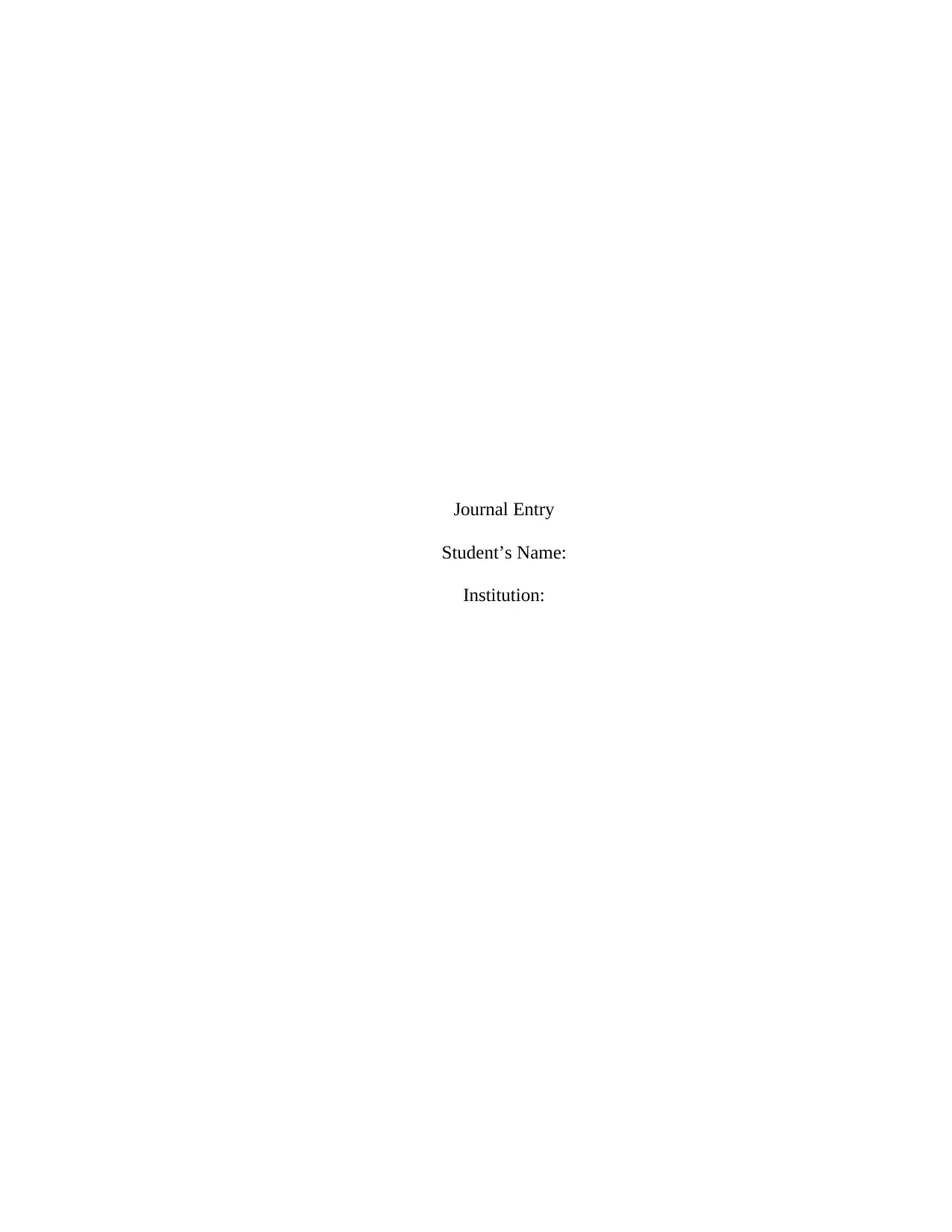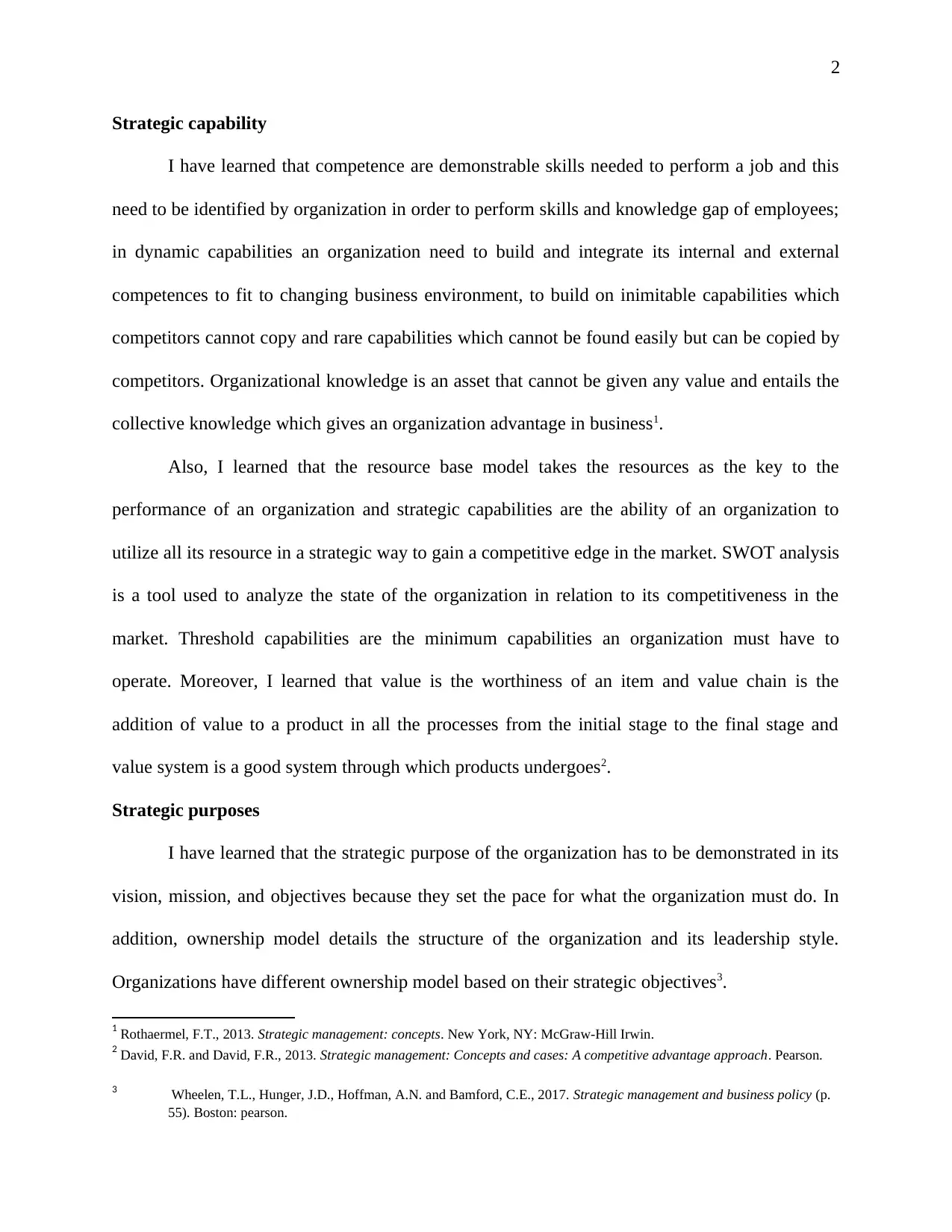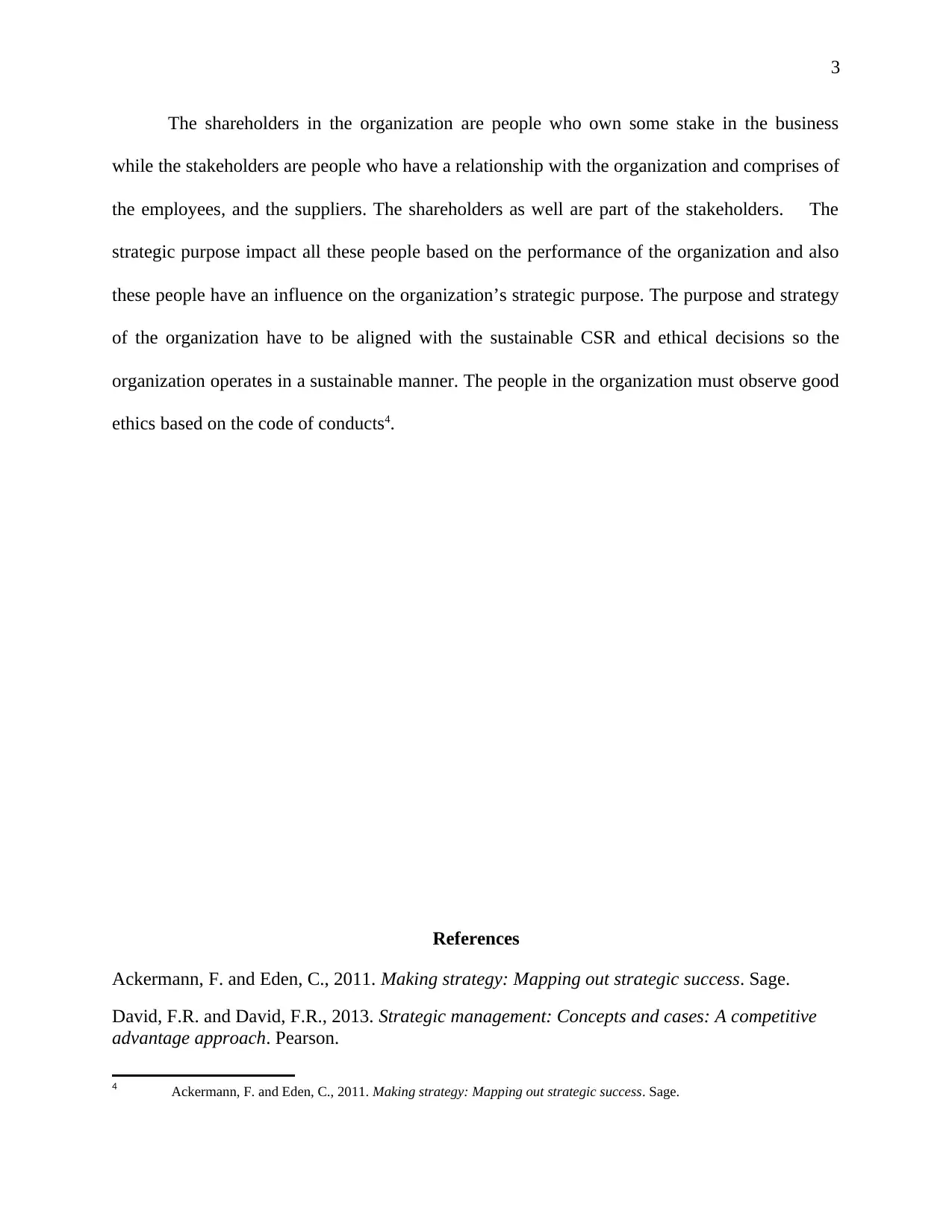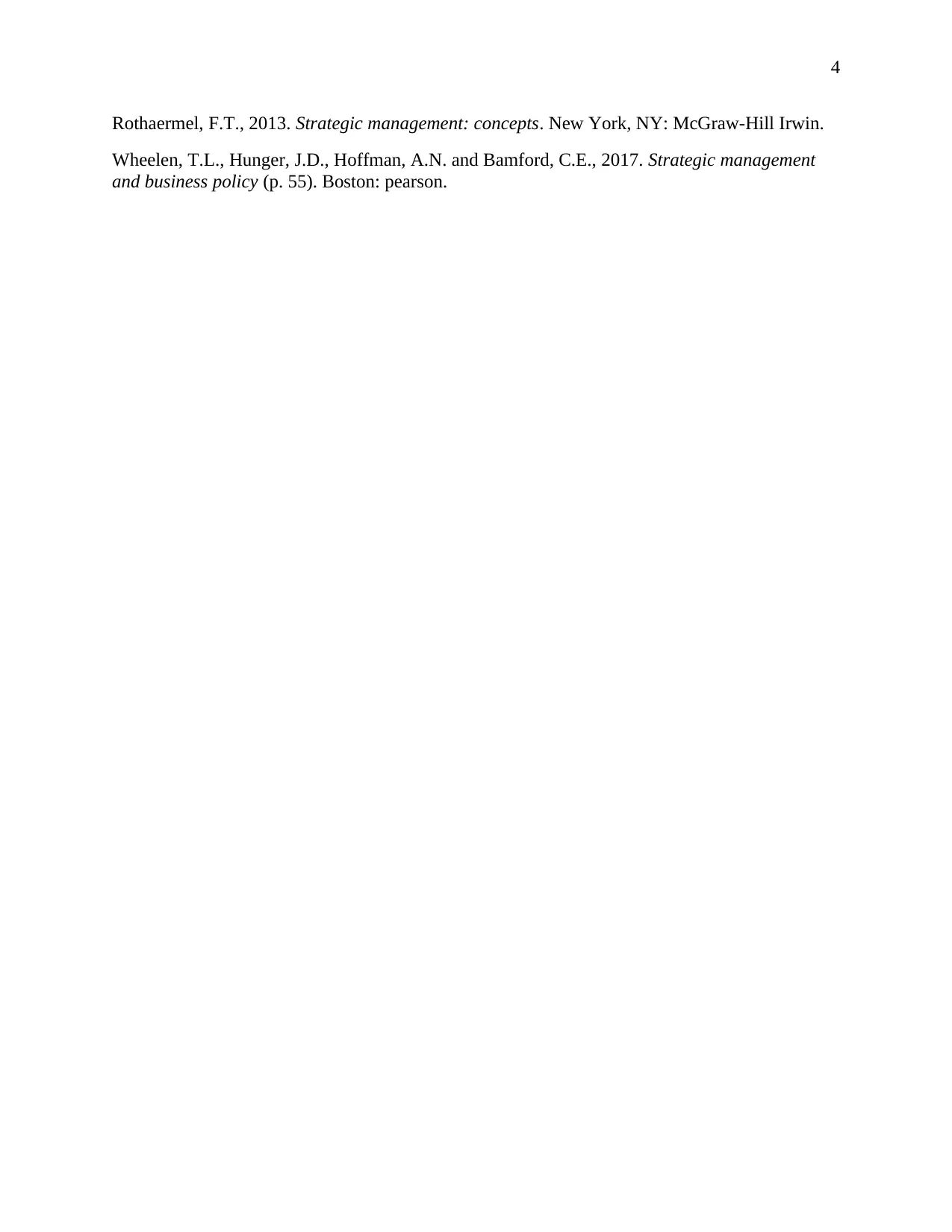Strategic Capability Journal Entry: Insights and Application
VerifiedAdded on 2023/03/31
|4
|522
|108
Journal and Reflective Writing
AI Summary
This journal entry reflects on key learnings related to strategic capability, encompassing demonstrable skills, dynamic capabilities, organizational knowledge, and the resource-based model. The author discusses the importance of strategic capabilities in leveraging resources for competitive advantage, including the use of SWOT analysis and understanding value chains. The journal entry also explores the significance of strategic purpose, vision, mission, objectives, ownership models, stakeholder impact, and ethical considerations. The author connects these concepts to workplace applications and personal/professional development, emphasizing the alignment of organizational strategy with sustainable practices. This journal entry highlights the practical implications of strategic management principles, offering insights into how they can be applied to improve organizational performance and individual growth.
1 out of 4






![[object Object]](/_next/static/media/star-bottom.7253800d.svg)